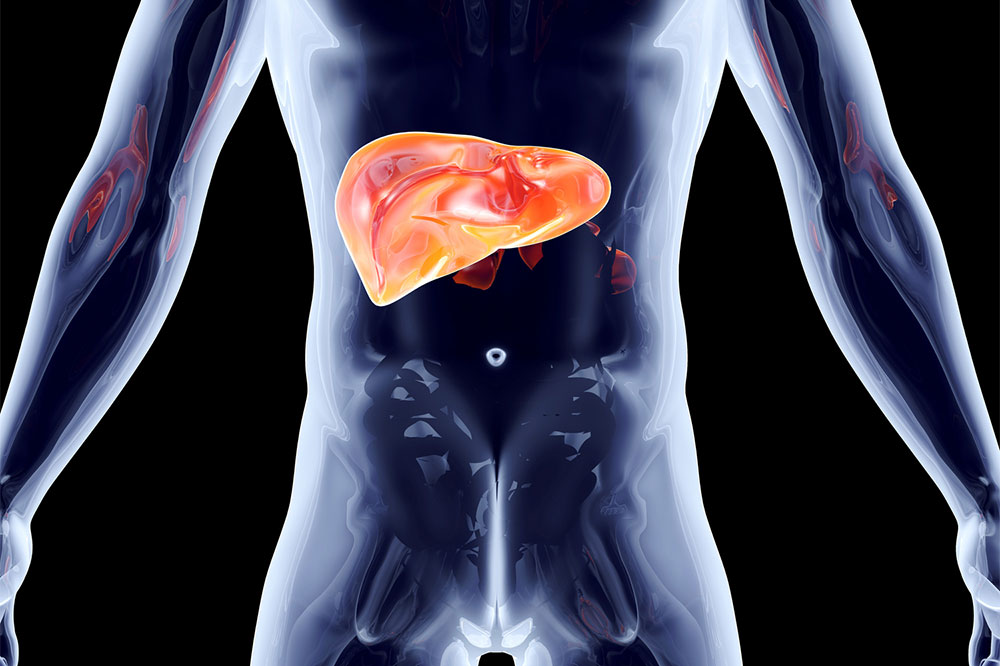5 early warning signs of prostate cancer to look out for

The prostate is a small gland located beneath the bladder in the male reproductive system. Prostate cancer develops when there’s abnormal cell growth in one’s prostate gland. The disease progresses slowly, and its early stages are mainly asymptomatic. The chance of successful treatment is highest while the cancer is still confined to the gland. If left untreated, however, it can cause many health complications. Here are a few early signs that should prompt a prostate cancer screening.
Early signs of prostate cancer
Early stages of prostate cancer usually have no visible signs, but those in more advanced stages may exhibit the following symptoms:
Issues with urination and bladder control
The prostate gland is in proximity to the bladder, and the urethra responsible for one’s urination and sexual activity. So, one may feel the urge to empty one’s bladder more frequently or experience a burning sensation or pain while urinating. The urine flow may be weak and one may find it challenging to start or stop the flow. One may also find blood in urine or semen and a sudden shift in one’s usual bowel habits.
Fatigue and nausea
Cancerous cells consume a lot of energy and leave one feeling fatigued and nauseous. One may also lose body mass unnaturally without changing one’s lifestyle.
Pain
Prostate cancer may enlarge the gland and cause discomfort while sitting. One may also experience pain during urination or in other parts of one’s body, like the back, thighs, hips, shoulders, or bones.
Swelling
Men with advanced prostate cancer may exhibit more serious symptoms like swelling in the legs or pelvic area. Fluid may build up in one’s feet and cause pain or numbness in the legs.
Erectile dysfunction
Since the gland produces seminal fluid, prostate cancer may lead to erectile dysfunction.
These symptoms do not necessarily indicate prostate cancer. Other conditions, such as an enlarged prostate, prostatitis, or benign prostatic hyperplasia, also share similar signs. Hence, those experiencing any of these symptoms are advised to consult a doctor and get screening tests done. Early detection can help curtail cancer growth in nearby lymph nodes and tissues.
Diagnosis
Prostate cancer can be detected early with tests like PSA and DRE. Prostate-specific antigen (PSA) measures the level of PSA in one’s blood sample. The Digital Rectal Exam, or DRE, is a physical examination to study the condition of one’s prostate gland. Any abnormalities in these tests prompt the healthcare professional to go for a prostate biopsy and check for cancer cells.
Risk factors
While the cause of prostate cancer is not known, those in older age are more susceptible to developing the disease. Prostate cancer is more common among males over 50 years. People living an unhealthy lifestyle may also be at risk. Since cancer is connected with one’s DNA and genes, family history is another significant risk factor.
Treatment
Prostate cancer grows slowly. Since most treatments involve high risk, a doctor may opt for watchful waiting and active surveillance during the early stages. This means that the symptoms are treated as they show up. For advanced stages, a doctor may combine various treatments to get the best results as per the severity of one’s condition. Surgeries, hormonal therapy, targeted therapy, chemotherapy, proton beam therapy, radiation therapy, and focal therapies are some common ones.






